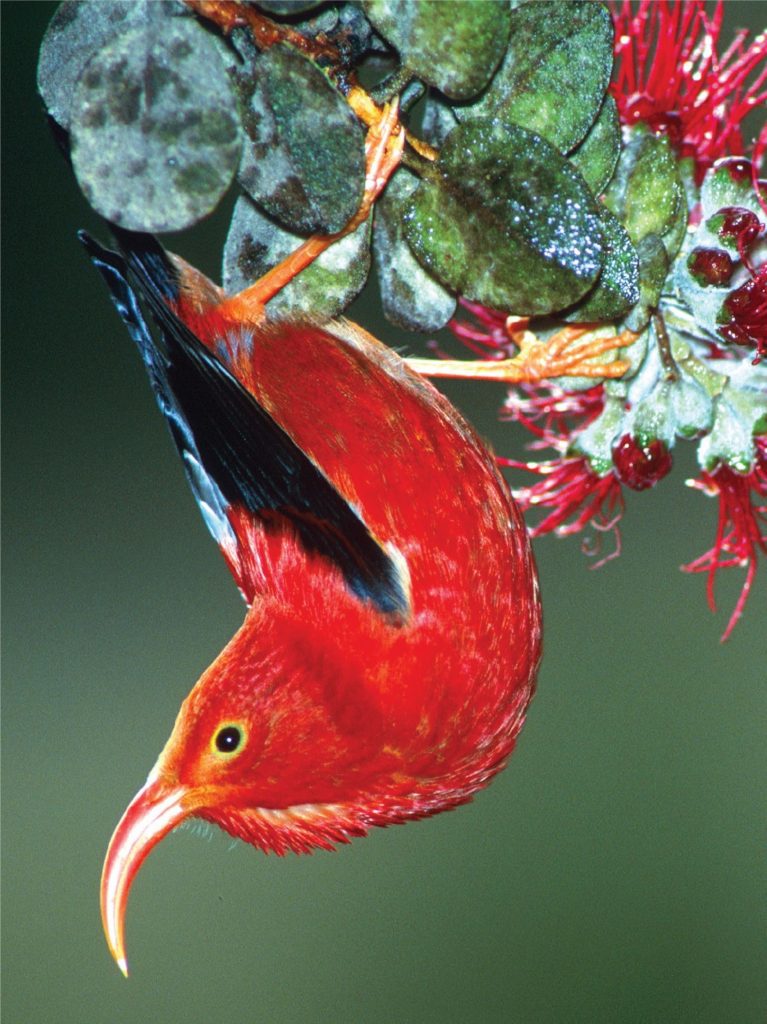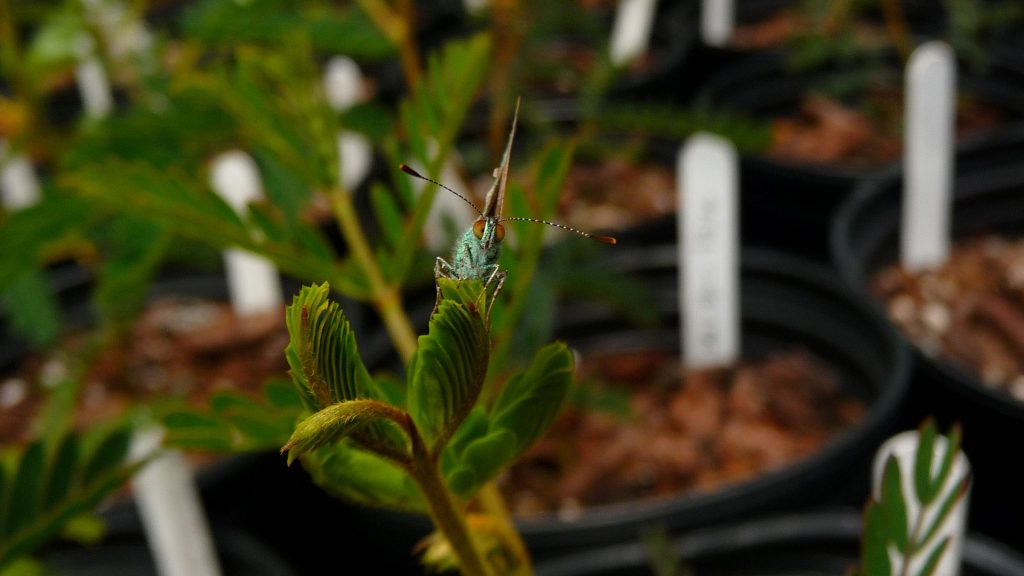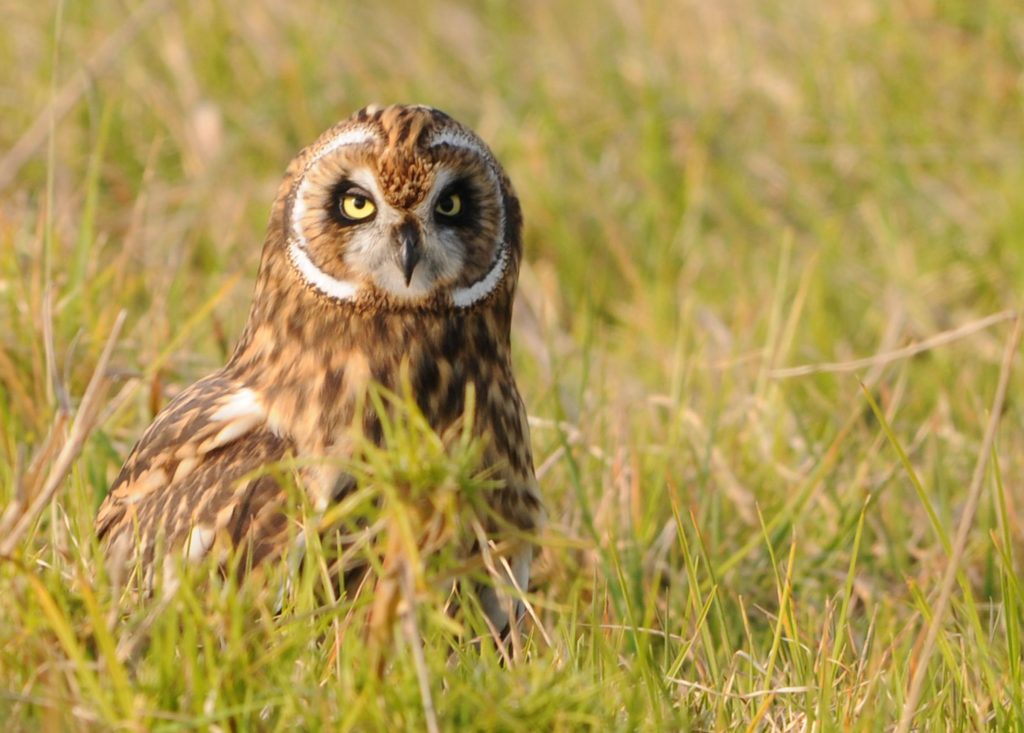O‘ahu-based homebuilder partners with Big Island nonprofit to reforest Hawai‘i

Like a modern-day Johnny Appleseed, a partnership between O‘ahu-based homebuilder Gentry Homes and Big Island nonprofit Hawaiian Legacy Reforestation Initiative — which took root more than a decade ago — is planting seeds for a stronger Hawai‘i ecosystem.
The partners are celebrating their 12th year of working together to help reforestation efforts throughout the islands, including the Big Island, by planting native Hawaiian trees to provide long-term sustainability and leave a legacy that goes far beyond the communities Gentry builds.
Since 2012, the O‘ahu homebuilder has donated $100 through its GenTree Reforestation Program for every home it builds and sells. Those funds are now dedicated to the Big Island nonprofit, which uses them to plant trees such as koa and ‘iliahi (sandalwood).
Koa is a revered native tree that can be found nowhere else on Earth. It’s also one of the most valued hardwoods around the world.
‘Iliahi, a distinct and fragrant sandalwood tree, was once plentiful in Hawai‘i and used for architectural details, carved objects and medicinal purposes.
The GenTree Reforestation Program is part of a Gentry Homes tradition to honor the company’s founder Thomas Gentry, who believed in responsible development for Hawai‘i’s future.

While the homebuilder isn’t currently working on any Big Island developments, its founder did develop homes, a commercial shopping center and the Honokōhau Harbor in Kailua-Kona decades ago.
More than 2,000 koa and ‘iliahi trees have been planted since Gentry began working with Big Island sustainable forest, timber investing and tropical hardwoods company Hawai‘i Legacy Hardwoods. The partnership shifted to the Pa‘auilo-based nonprofit in 2014 after it was established by Hawai‘i Legacy Hardwoods CEO Jeffrey Dunster.
So far this year, more than 100 trees have been planted.
Since the partnership began, all of the trees have been and continue to be planted in ‘Umikoa, which is 7.5 miles southwest of Pa‘auilo and part of the Hāmākua Forest Reserve.
“Homebuilding requires the use of wood, a renewable resource,” said Gentry Homes Vice President of Sales and Marketing Rick Hobson. “Planting trees demonstrates our commitment to replenish our native forests and is a tangible way that we can invest in the future of our island state.”
The Hawaiian Legacy Reforestation Initiative just on its own has planted more than 600,000 native trees to date in its forests on the Big Island and O‘ahu, and says native reforestation is hugely important.
It not only maintains the stability of soils vital to limiting erosion risk, it also helps trap more sediments and prevent them from running off the land. Soil erosion is one of the greatest threats to coral reef ecosystems, and the nonprofit says without the state’s native forests, its productive marine ecosystem would collapse.
Native trees also provide essential habitat and food sources for endemic forest birds and insects. Native birds, especially, must cope with threats of habitat destruction and degradation by humans; climate change; invasive plants, disease and predators; and even mosquitoes that carry disease.
Many of Hawai‘i’s endemic birds are facing extinction.
“Planting one native/endemic tree at a time for Hawai‘i’s keiki,” says the nonprofit’s vision statement. “One day, they will be able to walk through a biodiverse native forest and Hawai‘i will no longer be known as ‘The extinction capital of the world.'”
Hawai‘i’s forests are intertwined with its culture, arts and history, as well.
Surfboards and canoes that sailed the Pacific Ocean, including the famed Hōkūleʻa, came from the forest. Lei, skirts, drums, ‘ukulele and other hula implements are from the forest, along with feathered capes, lauhala weaving, wood turning, medicines and more.
“Hawai‘i’s most valuable asset is its ecosystem,” the nonprofit says in its “3 C’s.” “We all have a responsibility to protect it.”
It also doesn’t just plant the trees and walk away.
Every tree the nonprofit plants is geotagged so it can keep track of survival rates. The Hawaiian Legacy Reforestation Initiative is the only reforestation project in the state that can account for every single tree it’s planted.

As part of its newest community, Ka‘ulu by Gentry in Kalaleo, O‘ahu, Gentry Homes is partnering with O‘ahu nonprofit Mālama Learning Center. Again, it will donate $100 for every home built and sold in the community, which will be used to plant native trees on the Waianae Mountain Range on O‘ahu.
It’s hoped that the reforestation effort will one day transform the barren mountains and arid West O‘ahu region into a more verdant landscape.
Mālama Learning Center plans to start planting trees this summer.
Hobson said Gentry’s partnerships with the Hawaiian Legacy Reforestation Initiative and Mālama Learning Center complement the homebuilder’s vision to build quality homes and communities for a better Hawai‘i.
It also contributes to the missions of Earth Day, which is Monday; Arbor Day, which is Friday; and Native Hawaiian Plant Month being observed this month.
“It is the pono [right] thing to give back and to ensure our forests will be there for the next generations,” Hobson said.













